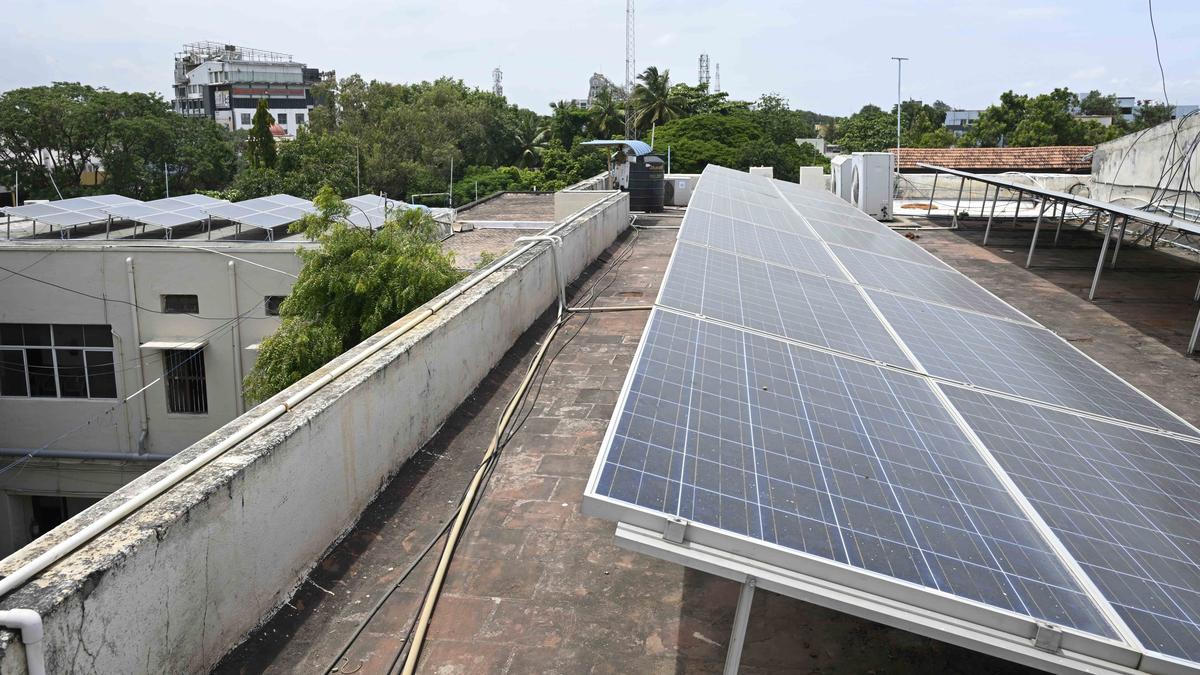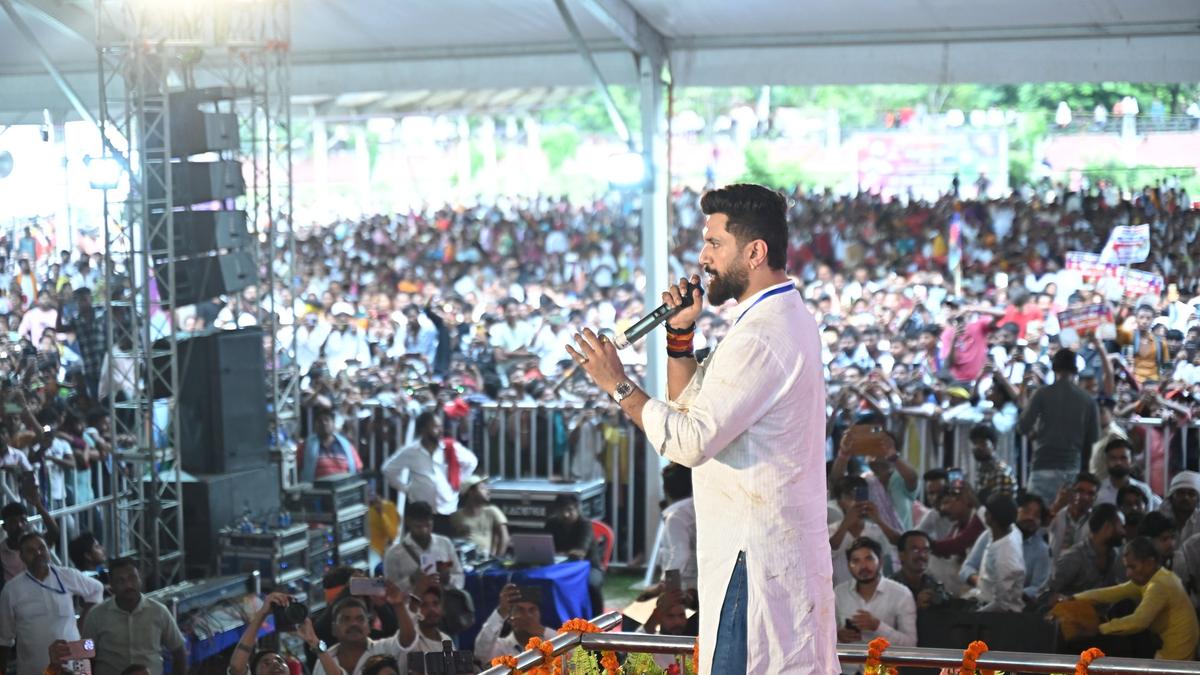The bi-monthly common area electricity bill has not brought residents of Geeyam Kalyan, a 10-unit apartment community at Thiruvengadam Street in RA Puram, any cheer in these two years. In fact, it has been a disappointment. When residents moved in to this new apartment, solar panels were already installed on the terrace to power common utilities like lifts, lights and motor – an amenity residents were proud about and hoping to see considerable reduction in their bill.
However, every cycle, the bills looked unreasonably high. “We were not clear how consumption is charged and there wasn’t anybody to guide us properly,” says Geetha Venkataraman, secretary of Geeyam Kalyan Residents Association.
An awareness meeting organised by Citizen Consumer and Civic Action Group (CAG) in the colony came in as an eye-opener.
Residents realised that the solar panels in the apartment was connected to ‘net feed-in’ instead of opting for ‘net metering’. Both net metering and net feed-in tariffs are methods for compensating households and organisations for the energy they produce, and the rates vary.
Calculation by CAG showed that the community’s total energy consumption for common services bi-monthly as 1250 kWh. The energy bill through net feed in billing came between ₹9,000 and ₹ 10,000. The same through net metering billing would be ₹ 5,000.

“Once we learnt that we are connected to net feed-in solar billing mechanism, we contacted our solar vendor who applied to Tangedco, paid a fee to convert to net metering,” says Geetha that their next billing is expected in the first week of September where they are hoping to see a difference.
And if the electricity bill drops then the association would think of extending solar grids to cover lights and fans of individual flats, adds Geetha.
Complicated billing
The initial experience with solar for residents of Vrikshah Gurukulam in C.P. Ramaswamy Street in Abiramapuram was also not sweet. The 10-unit apartment complex had their common amenities powered by solar panels with an installed capacity of 9720 W.
Their first bill came as a shocker that the resident association even thought they would have been better off without this environment-friendly amenity provided by the builder. “The billing system was so complicated that it was difficult for us to understand,” says K. Sundararaman who from a big proponent of solar became a naysayer.
One big learning from the CAG team was that the capacity of the solar has to optimised to its best. The optimal solar PV system capacity recommended for the community by CAG team now is 5 kW to 7 kW.
“Now, I have a better idea of the billing and how subsidy is capped,” he says.
Awareness sessions from Citizen Consumer and Civic Action Group
From submitting an application to deciphering the billing system, processes towards adoption of the solar option are hardly straightforward.
Tamil Nadu Combined Development and Building Rules 2019 mandates that at least one third of terrace space be reserved for placement of solar photovoltaic panels to get a completion certificate from CMDA. From conversations, one learns that residents in many new apartment complexes struggle to understand the nitty-gritty of rooftop solar installation and along the way, some even decide to give up on the green energy option.
“We have seen in many cases the developer or vendor has half-baked knowledge and is unable to explain the functioning including how the bill is generated to the resident. In some cases, the handover is not done properly,” says K. Vishnu Mohan Rao, programme lead, Citizen Consumer and Civic Action Group (CAG).
The Chennai-based non-profit, which shows up at RWA meetings to create awareness on rooftop solar systems, says many potential consumers would think twice about investing in solar energy when they come across such negative feedback from communities that have already invested in it.
Economic feasibility and help in identifying a vendor are among questions bothering prospective consumers.
“For people who have already installed (prosumers), they fail to understand financial aspects such as calculation of CUF (capacity utilisation factor) and network charges by TNPDCL,” says Vishnu. He says not counting self-consumption is another common concern they have encountered in their meetings.
As part of a two-year project to understand Tamil Nadu’s journey in energy awareness, a team from CAG is conducting awareness programmes that are free.
Also Read: Help for RWAs to set up solar plants
The NGO is also working with various stakeholders including TNPDCL, banks and vendors to push for renewable energy.
“We have technical experts such as an energy auditor, engineers who have graduated in renewable energy and can clarify queries,” says Subramani M., researcher with CAG.
Tangedco’s five zones have also been conducting grievance meetings to address solar-related concerns from the public.
For details, call Subramani of CAG at 88072 14008
Published – August 02, 2025 08:46 pm IST



